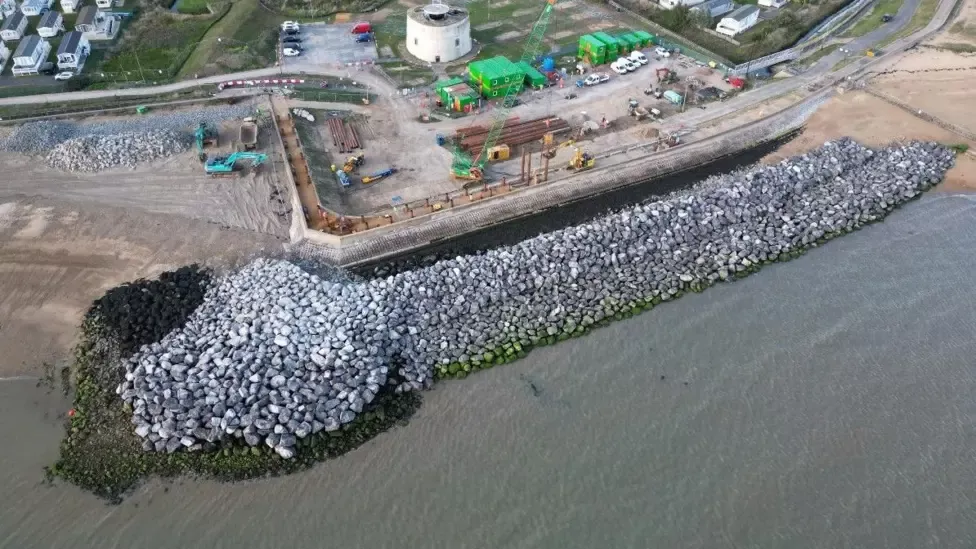As climate change accelerates sea-level rise and intensifies coastal storms, attention has turned to nature-based solutions like saltmarshes, mangroves, and seagrasses as sustainable alternatives to traditional seawalls and breakwaters. These "green" defences promise more than just flood protection—they offer biodiversity benefits, carbon storage, and ecosystem restoration.
However, new research co-authored by a researcher and an alum of the Environmental Change Institute (ECI) raises important questions about their reliability under future climate conditions. While vegetated systems can slow waves and reduce erosion in certain contexts, evidence suggests they may not be strong enough on their own to prevent flooding—especially as sea levels continue to rise.
Experts are increasingly calling for hybrid approaches that combine ecological systems with engineered infrastructure, alongside long-term data collection and collaborative planning.
Dr Avidesh Seenath is Course Director for the ECI’s MSc in Environmental Change and Management, where he also lectures. His research focuses on coastal systems behaviour, modelling, and management.
Yengi Emmanuel Daro Justine, an alum of the same MSc programme, is currently an Environment and Social Development Specialist Consultant at the World Bank. His interests include coastal flood risk management, nature-based solutions, and flood risk modelling.
Read more about their research, the risks, and the path forward for coastal resilience in The Ecologist: Will green flood defences work?

Cockett Wick, on the Essex coast, where over 14,000 tonnes of Norwegian Granite was brought in by barge to reinforce flood defences.

